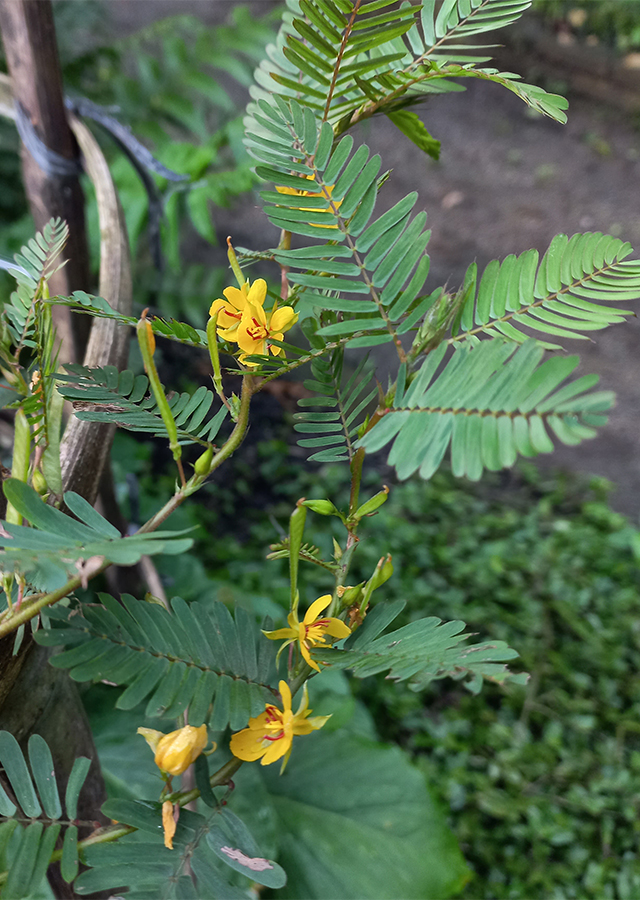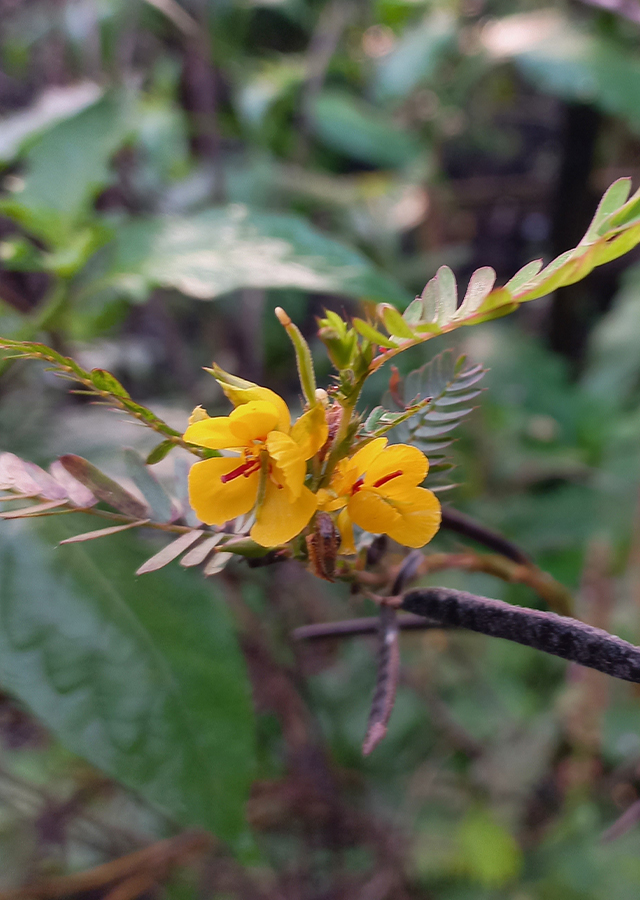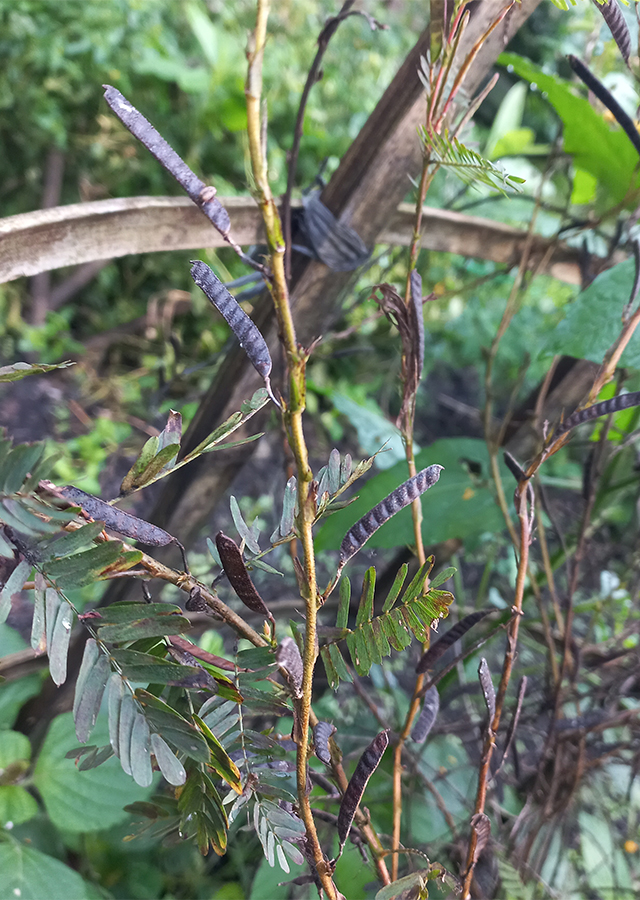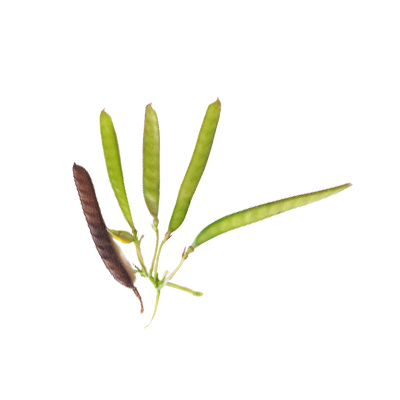Partridge Pea
Chamaecrista fasciculata (Michx.) Greene
Fabaceae
Location in our garden
Beneficial Weed



Synonym
Cassia brachiata (Pollard) J.F.Macbr.
Cassia chamaecrista L.
Cassia fasciculata Michx.
Habitus
Herbaceous. Annual herb, up to 1 m high
Part Used
Leaves
Roots
The Whole Plant
Growing Requirements
Full Sunshine
Drought Resistant
Habitat
Forest
Coastal
Mountains
Roadside
Grassland
Terrestrial
Overview
Chamaecrista fasciculata is a plant of the Fabaceae family native to much of the eastern United States. This species is considered toxic to grazing animals and is sometimes grown as an ornamental, where the flowers serve as attractors for butterflies and bees for honey production. This species has an extensive root system and is very well planted in disturbed areas, and has the potential to be used as an erosion control plant, improve soil, and increase soil fertility.
Vernacular Names
No found data on this. Need further research.
Agroecology
Chamaecrista fasciculata can be found growing in open forests, grasslands, disturbed areas, along roadsides, and often grows in sandy soils. This species prefers a position in full sun (6 hours or more of direct sunlight a day) or partial shade, with moist, well-drained soil but prefers open sandy loam. Prefers soil with a degree of acidity (pH) acid (<6.0) - neutral (6.0-8.0). Established plants are tolerant of drought conditions.
Morphology
- Roots - riding, has nodules on the roots and fixes nitrogen.
- Stems - often branched, green or reddish in color and smooth, except the young stems have fine hairs.
- Leaves - alternate, compound, pinnate with 8-15 pairs of leaflets oval-linear with spiny tips and stemless leaves, green, hairy, folded together when touched and at night when darkness approaches, stemmed. It has a pair of awl-shaped stipules at the base of the stalk and on the stalk there are small glands.
- Flowers - has yellow petals and 4 - 5 in number, has a red color at the base of the petals. The stamens are 10 unequal lengths, with 6 anthers purple or reddish, and 4 yellow. The pistil stalk is greenish white. Beneath the petals are 5 green linear sepals. Flowers emerge from the leaf axils.
- Fruits - green pods flat, straight, flat, slightly hairy, turning dark brown and smooth when ripe or old.
- Seeds - black, 10-20 seeds in each pod.
Cultivation
- Propagated by seeds - before sowing, first soak the seeds in warm water for 2-3 hours. Seeds usually germinate in 1 - 12 weeks at 23 °C.
- By stem cuttings.
Chemical Constituents
No found data on this. Need further research.
Traditional Medicinal Uses
- Maintain stamina during exercise.
- Prevent fatigue, especially used by football players.
- Overcome nausea (antiemetic).
Part Used
Reference Sources
- Royal Botanical Gardens. 2021. Plants of the World Online: Chamaecrista fasciculata (Michx.) Greene. https://powo.science.kew.org/taxon/urn:lsid:ipni.org:names:54500-2. 10-03-22.
- Useful Temperate Plants Database. 2021. Chamaecrista fasciculata. http://temperate.theferns.info/plant/Chamaecrista+fasciculata. 10-03-22.
- The North Carolina Extension Gardener Plant Toolbox. Chamaecrista fasciculata. https://plants.ces.ncsu.edu/plants/chamaecrista-fasciculata/. 10-03-22.
- Friends of the Wild Flower Garden. 2013. Partridge Pea. https://www.friendsofthewildflowergarden.org/pages/plants/partridgepea.html. 10-03-22.
- John Wagman. 2017. Chamaecrista fasciculata. http://johnwagman.com/rgvnp/Partridge%20Pea%20-%20Chamaecrista%20fasciculata/. 10-03-22.
- Alabama Plant Atlas. 2022. Chamaecrista fasciculata. http://www.floraofalabama.org/Plant.aspx?id=1900. 10-03-22.



